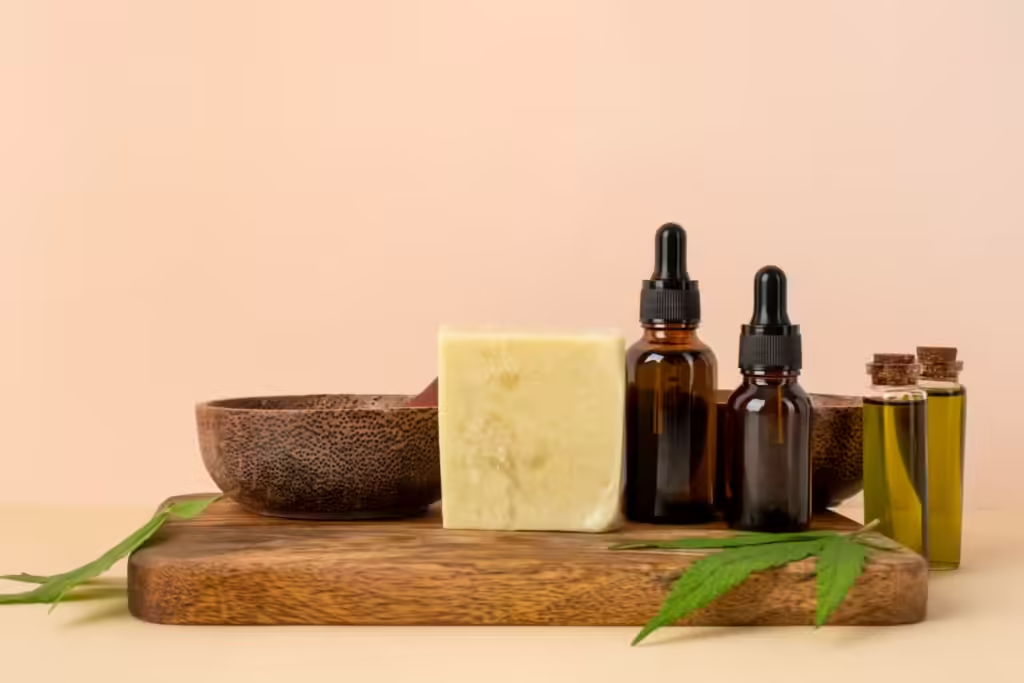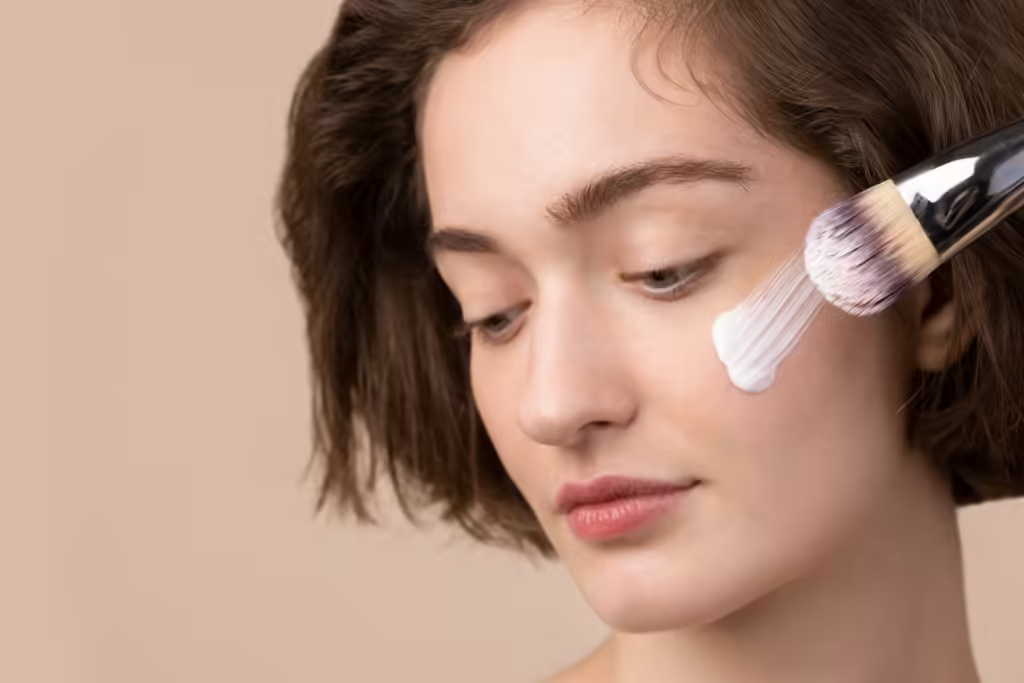
Using Essential Oils in Personal Care: Benefits and Risks
The personal care industry is increasingly integrating essential oils, driven by consumer demand for clean, natural, and eco-conscious beauty products. Essential oils, highly concentrated plant extracts, are prized for their therapeutic and cosmetic properties. However, alongside their growing popularity comes a need for better understanding of their safe and effective use. This article delves into the latest research and scientific developments surrounding the incorporation of essential oils in personal care products, exploring both their benefits and potential risks. We’ll also highlight how brands and formulators can navigate these complexities.
Understanding Essential Oils: Composition and Function
Essential oils are volatile compounds that capture a plant’s fragrance and active ingredients. They consist of complex mixtures like terpenes, phenols, alcohols, and aldehydes, each contributing to their diverse biological activities. From a formulation perspective, essential oils offer a multi-functional approach:
- Functional Benefits: Oils like tea tree and eucalyptus have antimicrobial, antifungal, and antiseptic properties, making them ideal for skincare targeting acne or scalp treatments.
- Aromatherapy: Oils like lavender and neroli are known for their calming, stress-relieving properties, adding a sensory dimension to personal care products.
- Active Ingredient Delivery: Essential oils can help deliver lipophilic active ingredients in emulsions or serums, making them valuable for oil-in-water or water-in-oil formulations.
Advanced Insight: The Chemistry Behind Essential Oils
The specific benefits of an essential oil depend on its chemical profile:
- Monoterpenes (found in peppermint) have cooling, anti-inflammatory, and analgesic effects, making them ideal for soothing applications.
- Sesquiterpenes (abundant in sandalwood) are linked to anti-aging benefits due to their ability to combat oxidative stress.
Understanding these chemical components allows formulators to use essential oils more precisely and effectively.


The Benefits of Essential Oils in Advanced Skincare
Anti-Inflammatory and Antioxidant Properties
Essential oils like chamomile, lavender, and geranium have well-documented anti-inflammatory and antioxidant effects, making them suitable for sensitive skin formulations or treatments targeting rosacea and post-sun care.
Case Study: A 2024 study in Journal of Ethnopharmacology highlighted the significant anti-inflammatory properties of chamomile oil, showing potential for treating atopic dermatitis and other inflammatory skin conditions.
- Microbiome-Friendly Formulation
With microbiome-friendly skincare on the rise, essential oils like rose and clove offer gentle, natural antimicrobial benefits without disturbing the skin’s delicate microbiota, aligning with consumer demand for preservative-free products. - Synergy with Active Ingredients
The combination of essential oils with traditional active ingredients, such as tea tree oil and salicylic acid, enhances their efficacy while reducing the irritation commonly associated with potent actives.

The Risks of Essential Oils: A Scientific Perspective
While essential oils provide multiple benefits, improper use or formulation can lead to significant risks.
Dermal Toxicity and Sensitization
Oils like cinnamon and lemongrass, rich in aldehydes and phenols, are potential skin sensitizers. Prolonged use or overexposure can lead to chronic sensitization or allergic contact dermatitis, particularly in those with pre-existing skin conditions like eczema.
A study from the European Centre for Ecotoxicology highlighted that citrus oils increase the risk of dermal sensitization, especially for sensitive skin types. Proper dilution and formulation techniques are crucial to minimize these risks.
Photosensitivity and Phototoxic Reactions
Essential oils such as bergamot and grapefruit contain furanocoumarins, which can cause phototoxic reactions when exposed to sunlight, leading to pigmentation disorders. These oils should be reserved for nighttime products or paired with SPF when used during the day.
Formulation Tip: Phototoxic oils should be included only in products designed for nighttime use or accompanied by clear sun protection guidelines.
Environmental and Ethical Concerns
The production of essential oils can have environmental impacts, including overharvesting and unsustainable farming practices. Brands focused on sustainability should prioritize eco-certified oils to meet consumer expectations around ethical sourcing and product safety.

Consumer Preferences: Essential Oils in Demand
The rise in popularity of essential oils aligns with broader consumer trends toward natural, transparent, and ethical personal care products.
- Ingredient Transparency
Millennials and Gen Z consumers value ingredient transparency, preferring products with clear labeling and eco-conscious credentials. Essential oils, viewed as “clean” and “natural,” resonate strongly with these demographics when backed by sustainability certifications. - Customizable Skincare and Personalization
The trend towards personalized skincare has led to an increase in DIY beauty kits, where essential oils play a pivotal role. These oils allow consumers to tailor their beauty routines according to their specific needs, adding a luxurious, sensory experience.
Consumer Insight: A 2024 Mintel survey found that 60% of respondents aged 25-45 preferred personal care products with customizable ingredients, with essential oils being a top choice for their multifunctional properties.
Best Practices for Using Essential Oils in Formulation
To safely incorporate essential oils into personal care products, formulators should follow these best practices:
- Dilution Guidelines: Essential oils should typically be used at concentrations of 0.5% to 3%, depending on their potency. For example, potent oils like rose require lower concentrations, while lavender can be used at higher levels.
- Stability Testing: Essential oils are sensitive to light and oxygen, which can degrade their effectiveness over time. Stability testing and the use of antioxidants like tocopherol (Vitamin E) can help maintain their potency.
- Preservative Synergy: While essential oils like thyme and oregano offer antimicrobial benefits, they should not replace traditional preservatives. Instead, they can enhance a product’s overall preservative system.

© beautilab 2024. All Rights reserved.